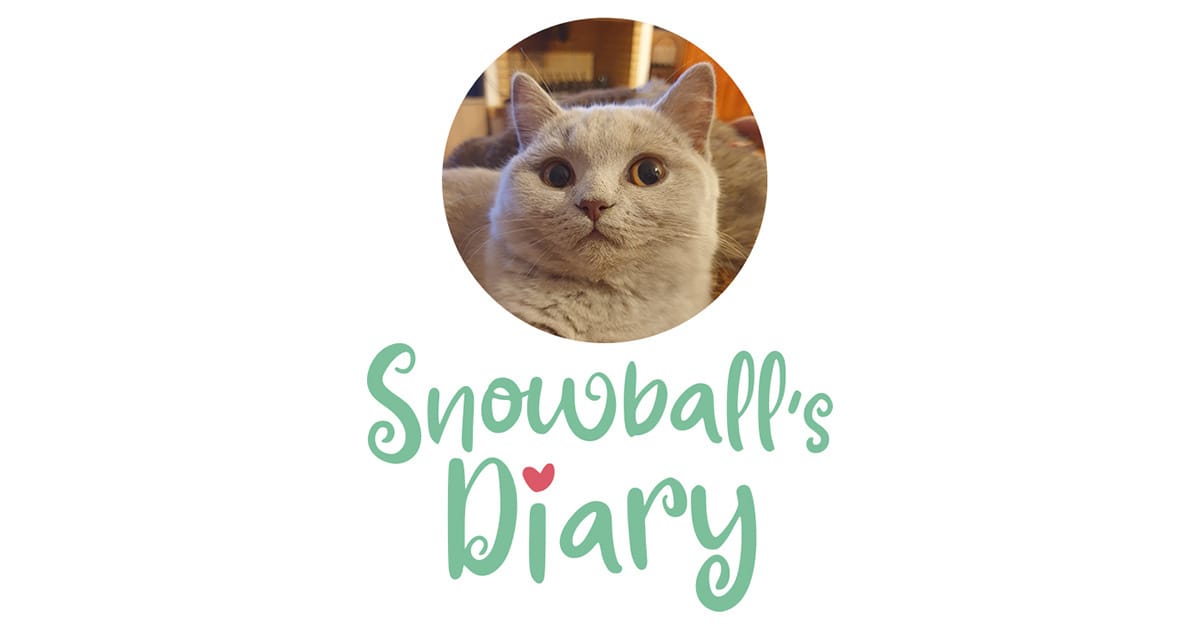FLASHBACK — YEAR: 1666
LOCATION: LONDON
STATUS: TOASTED
“Ah yes… The smell of burnt toast… the sound of panic… the sight of 17th-century insurance companies crying in Latin,” General Goofball says, staring into the distance like he’s watching a candle try to file taxes.
Chapter 1: The Fire Begins (Because One Guy Wanted a Snack)

It’s Sunday, September 2nd, 1666.
Thomas Farriner, a baker in Pudding Lane, finishes his work, forgets to fully put out his oven, and heads to bed like nothing bad ever happens when you bake at midnight.
Spoiler: Everything went very bad.
According to history, the flames started in the early morning hours and were like,
“We’re gonna stretch a bit.”
And then they stretched across half of London.
Student #1 raises a hand:
“Wait… the fire started from bread?”
“Yes,” says General Goofball.
“But not the good kind of toast. This was sourdough vengeance.”
Chapter 2: London Was Basically a Campfire Waiting to Happen

Old London was a fire hazard dream journal:
Narrow streets
Buildings made of wood and dreams
Roofs touching each other like they were whispering secrets
Zero fire departments
In fact, their best defense system was “buckets of water” and “hoping for rain.”
They literally had something called fire hooks, which sounds cool until you realize it meant “yank your neighbor’s house down so the fire doesn’t spread.”
So yes. The plan was “sacrifice your cousin’s roof for the greater good.”
Chapter 3: London Goes Full Grill Mode

The fire burned for four days, destroying:
87 churches
Over 13,000 homes
Most of the medieval city center
A bakery’s Yelp rating forever
People ran, cried, looted, and asked deeply British questions like:
“Does this mean tea is canceled?”
King Charles II, who had majestic hair and mediocre crisis instincts, tried to stop the fire using dynamite and desperate optimism.
Spoiler: The dynamite plan kind of worked.
It just also blew up more stuff. Which… okay, fair.
Student #2 interrupts:
“So… was it arson?”
“Well,” says General Goofball, “That’s what the conspiracy kids on TikTok say.”
(Okay, not TikTok. But yes, people did try to blame foreigners, especially the French. Because, well, it was England.)
Eventually they arrested a guy named Robert Hubert who confessed, but historians later agreed:

He didn’t actually start the fire.
He wasn’t even in London when it began.
He just wanted attention.
So basically… early influencer behavior.
Chapter 4: Lessons Learned (But Not Really)

After the ashes cooled, London rebuilt stronger.
Wider streets. Stone buildings. Less "kindling-style city planning."
But did they immediately start a proper fire brigade?
Nope.
That took another 30 years.
Because bureaucracy is eternal.
Goofy Quiz Time (Answer in pencil, chalk, or tears):
1. What’s the best way to stop a fire?
A. More fire
B. Hopes and prayers
C. Actually maybe C?
D. Fire hooks and light screaming
2. Who’s to blame for the fire?
A. Thomas Farriner’s oven
B. A very dramatic loaf of bread
C. The concept of “wooden roofs touching each other”
D. All of the above and also gravity
What Did We Learn Today?

Don’t fall asleep with your oven on.
London used to be flammable AF.
“Fire hooks” were real. That’s not even a joke.
One man’s midnight snack became a nation’s four-day barbecue.
Sometimes history is just a giant oopsie with fancy wigs.
Spread the flames—er, facts!
Forward this newsletter to someone who’s ever burned toast and blamed the toaster.
P.S. Forward this to your nerdiest friend. If you are that nerdy friend… congratulations. Now Subscribe….
Stay weird,
GiiggleGuru

Other glorious inbox goblins you might enjoy!

